Anti-sticker ripples
Rippled structures should prevent people from attaching stickers onto objects. Here some examples from Seoul/Korea (traffic-pole) and Linz/Austria (garbage-bucket)
The "Unpleasant Design" book is a collection of different research approaches to a phenomenon experienced by all of us. Unpleasant design is a global fashion with many examples to be found across cities worldwide, manifested in the form of "silent agents" that take care of behaviour in public space, without the explicit presence of authorities. Photographs, essays and case studies of unpleasant urban spaces, urban furniture and communication strategies reveal this pervasive phenomenon.
With contributions by Adam Rothstein, Francesco Morace and Heather Stewart Feldman, Vladan Jeremic, Dan Lockton, Yasmine Abbas, Gilles Paté, Adam Harvey and many others, the book is in an attempt to recognise this nascent discipline within contemporary design taxonomies.
216 pages, hardcover in b/w with colour images; special book sleeve in sandpaper K240 (Limited Edition: 500)
ISBN: 978-86-910911-1-8
Published by G.L.O.R.I.A Belgrade
Edited by Gordan Savicic and Selena Savic
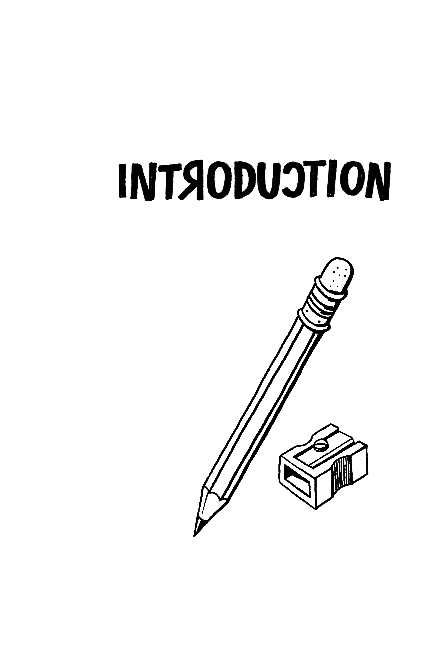

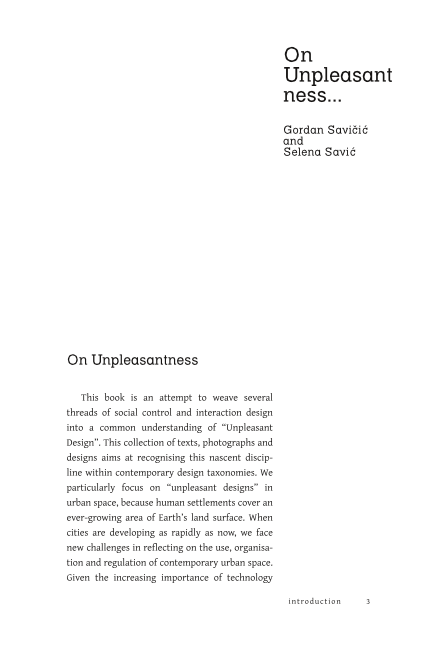
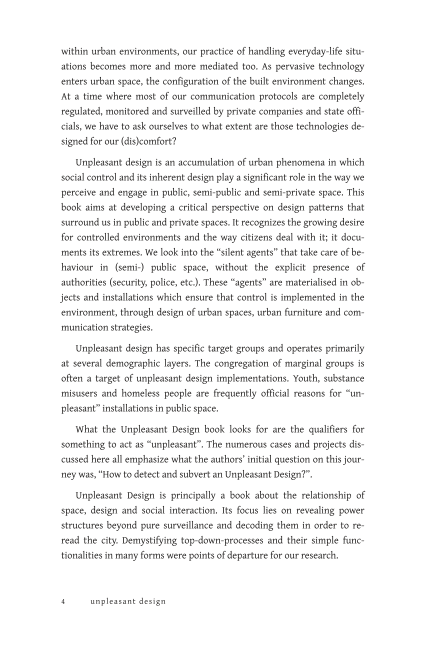
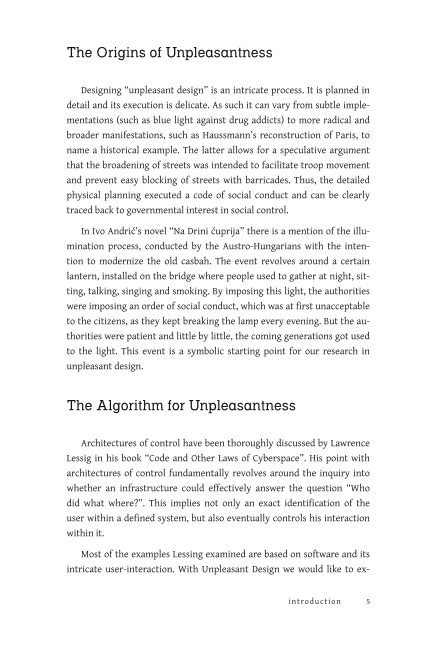
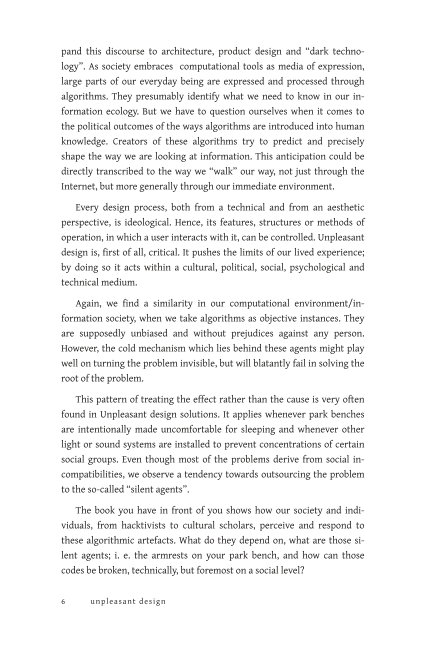
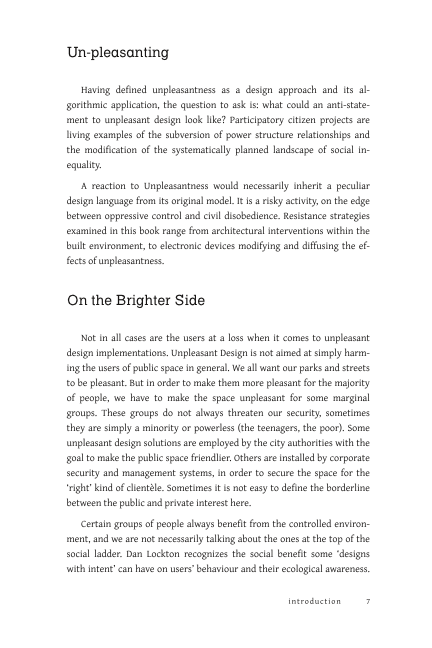
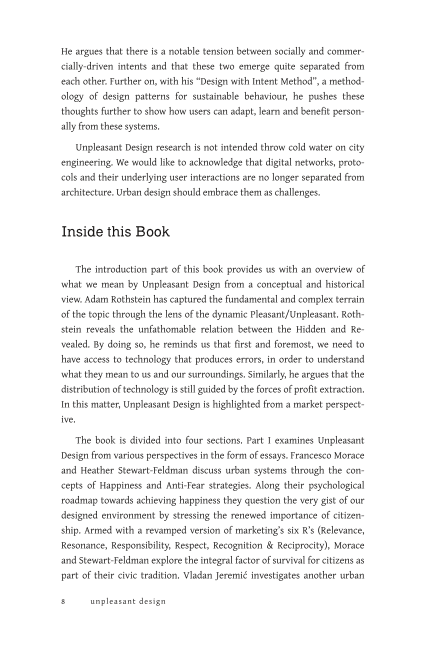
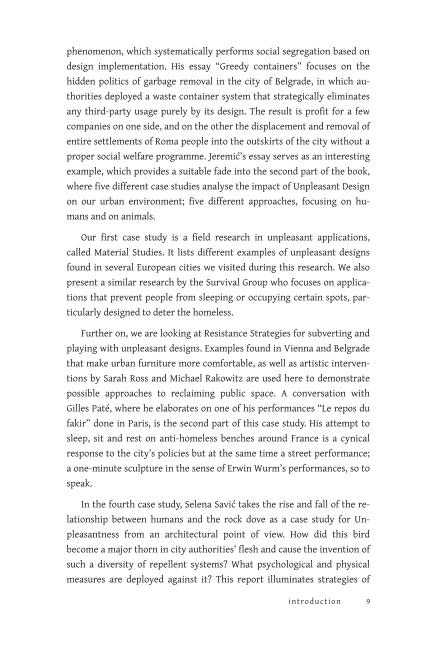
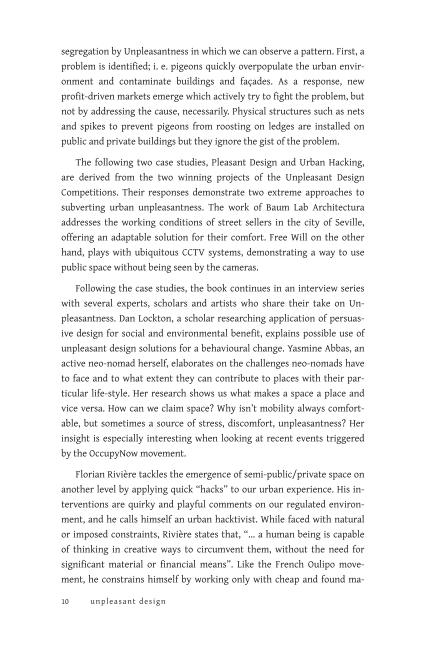
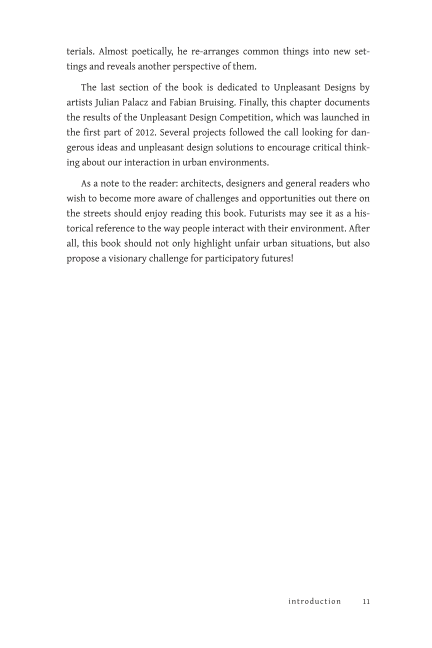

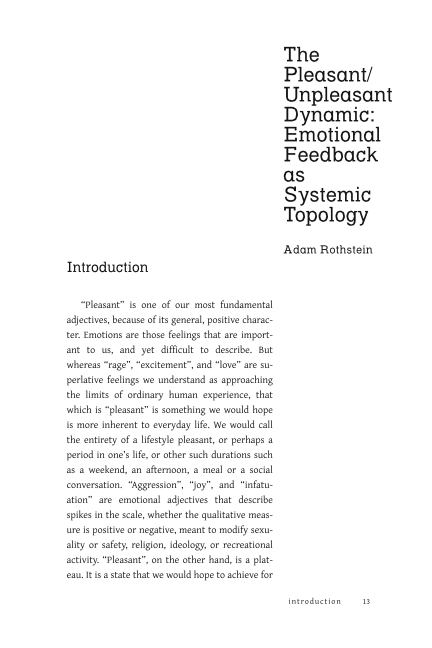
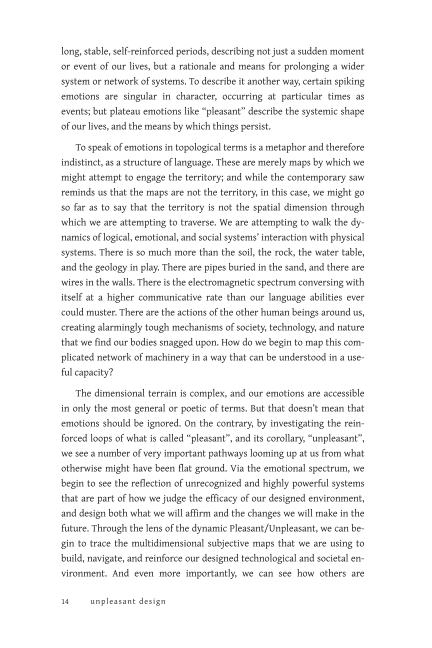
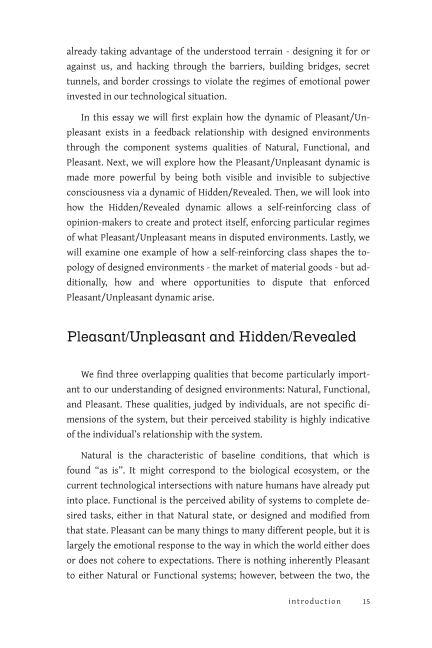
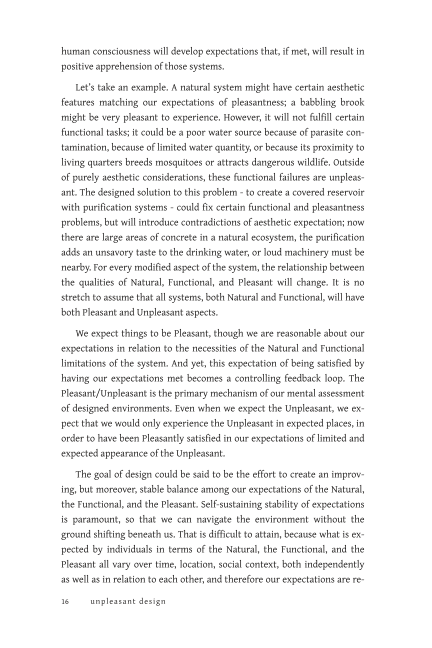
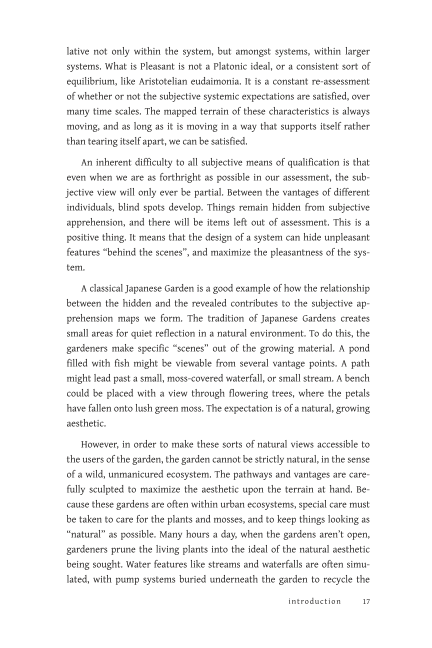
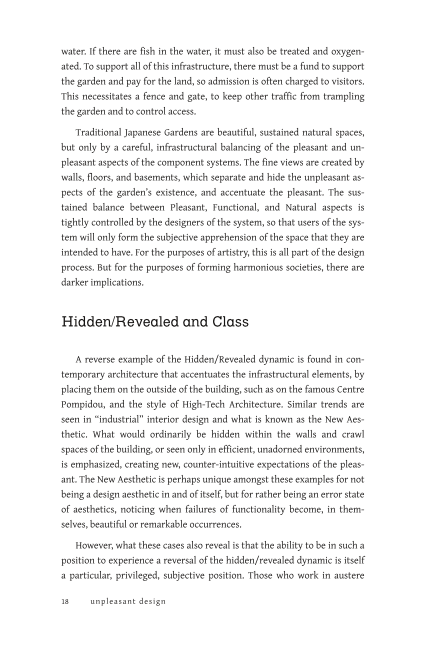
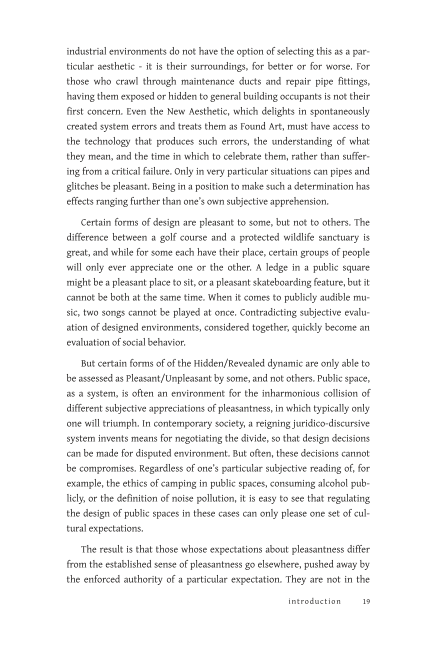
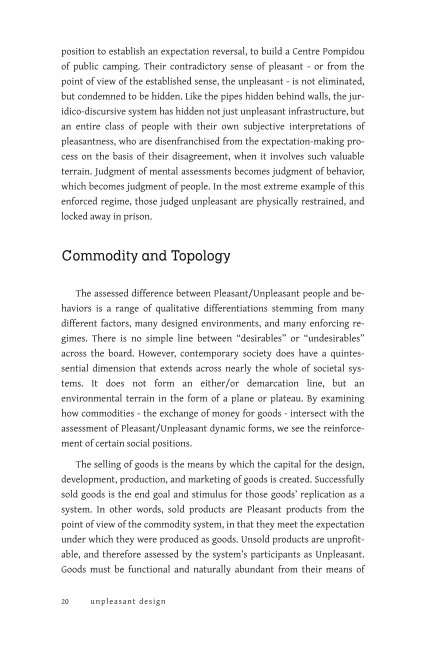
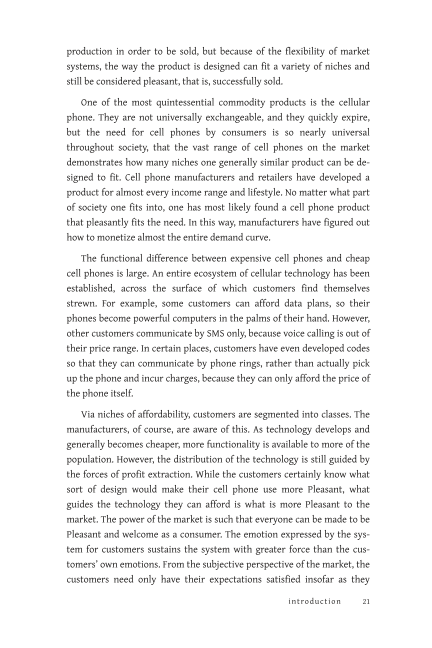
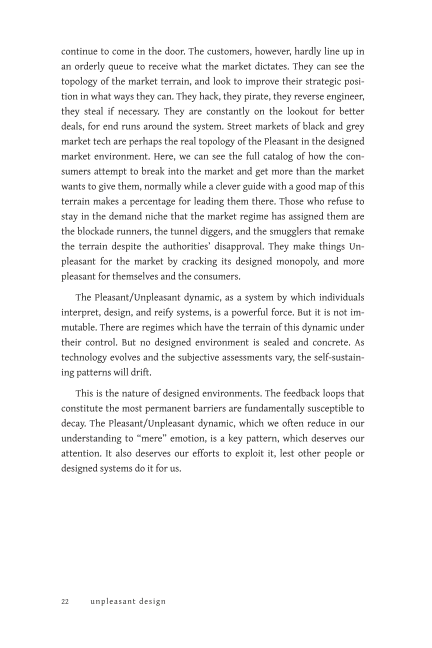


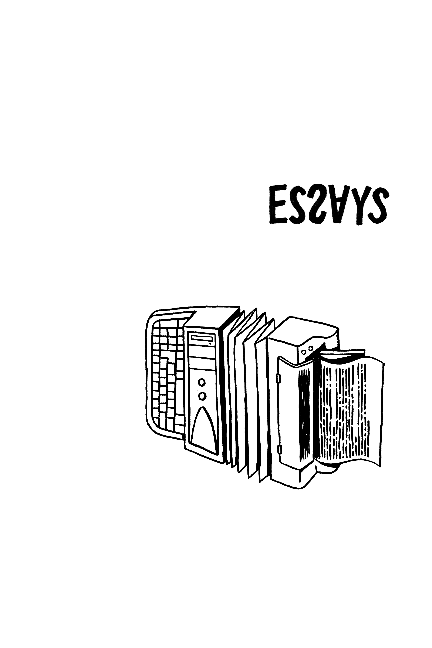

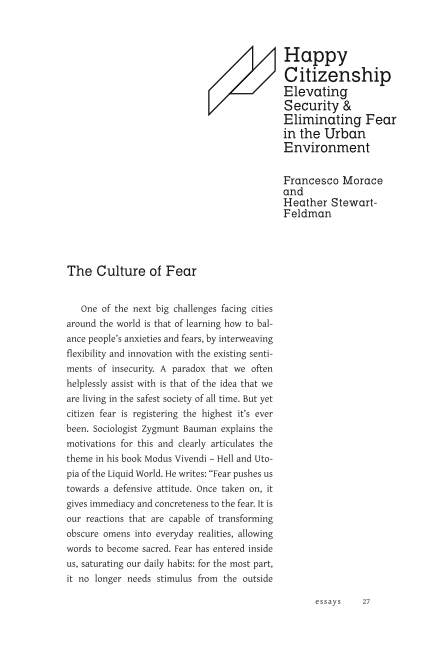
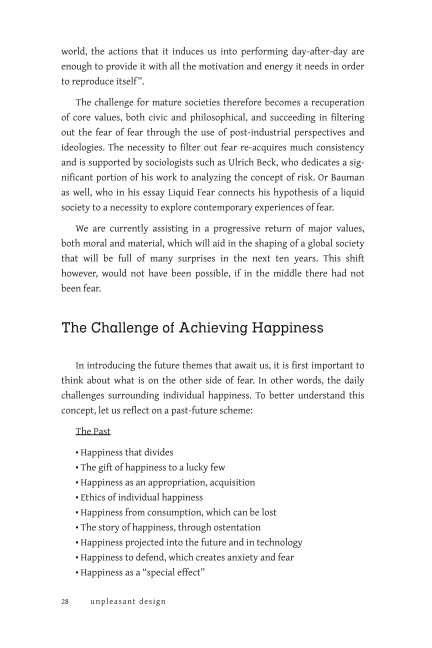
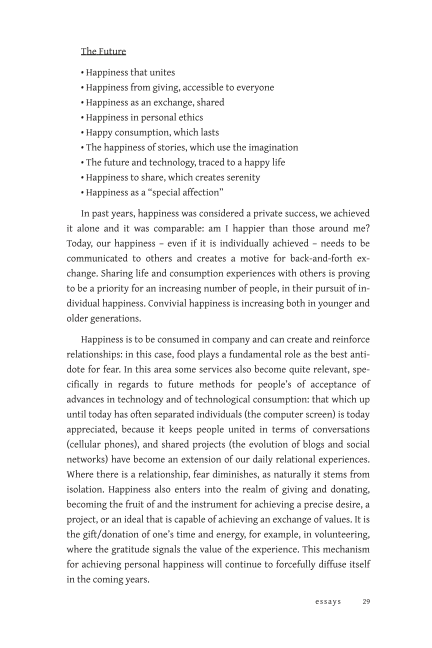
Rippled structures should prevent people from attaching stickers onto objects. Here some examples from Seoul/Korea (traffic-pole) and Linz/Austria (garbage-bucket)
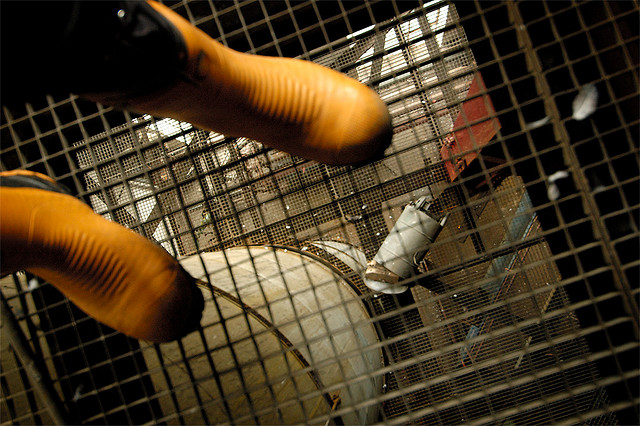 Photo CC by Björn Sahlberg
Photo CC by Björn Sahlberg
Cobble stones, metal grids used on rooftops and staircases as well as soft ground materials are ideal structures where people with high-heels will have a hard-time. Fashionable victims risk ankle sprains and/or loosing their footwear. Interior architects might rethink carefully their material based on their clientele. The city of Lagos informs their visitor for “unpleasant” high-heel experience in its old downtown full with cobble stone.
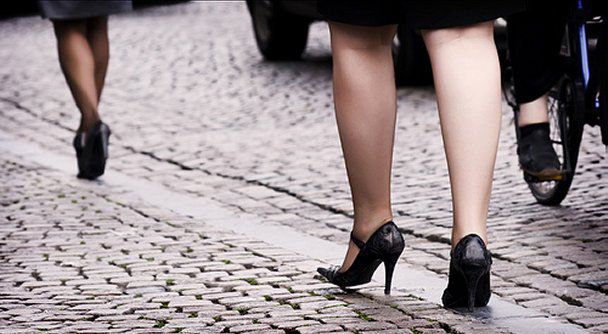 Photo CC by http://empowerment-gateway.com/
Photo CC by http://empowerment-gateway.com/